| FALL-PLANTING BULB CHOICES There are many colors, shapes, and sizes available. You'll find that some will be more successful in your garden than others. This is your excuse to buy many variations and hope that they proliferate! Some may rebloom only once or twice more, needing more cold weather than we can provide, especially with our warming climate. Best to consider only bulbs that are listed as suitable for Zone 9, 10 and 11. Bulbs listed for Zones 8 and below require much more cold weather than our area can provide - even years ago when we had several hard frosts in my Pasadena garden. Most of these photos are from my garden. | Why plant bulbs now for Spring color? They’re easy to plant, require little maintenance, and provide years of increasing color. What’s not to love? You can choose among several characteristics – early bloomers, critter-resistant, fragrant, shade-tolerant, cut flowers, or forcing indoors. Here are tips like what’s a healthy bulb look like, when to plant, how to plant, how to care after they bloom. Then, my comments from my garden on 27 common types to choose, and online resources. Go for it! Why Plant Bulbs?
Specific Bulb Characteristics
Bulb Planting Tips
Planting Masses of Bulbs
Fall-Planting Bulb Choices Allium Amaryllis Anemone (Windflower) Bearded Iris Brodiaea (Fool’s Onion) Camassia (Wild Hyacinth) Chasmanthe Chiondoxa (Glory of the Snow) Crocus Daffodil (Narcissus) Daylily Dutch Iris Freesia Galanthus (Snowdrop) Hyacinth Hyacinthoides (Wood Hyacinth, Bluebells) Ipheion (Starflower) Ixia (African Corn Flower, Wandflower) Leucojum (Snowflake) Lycoris (Spider Lily) Muscari (Grape Hyacinth) Nerine Ornithogalum (Star of Bethlehem) Ranunculus (Buttercup) Scilla (Squill) Tulip Online Bulb Resources
|
|
0 Comments
|
Categories |

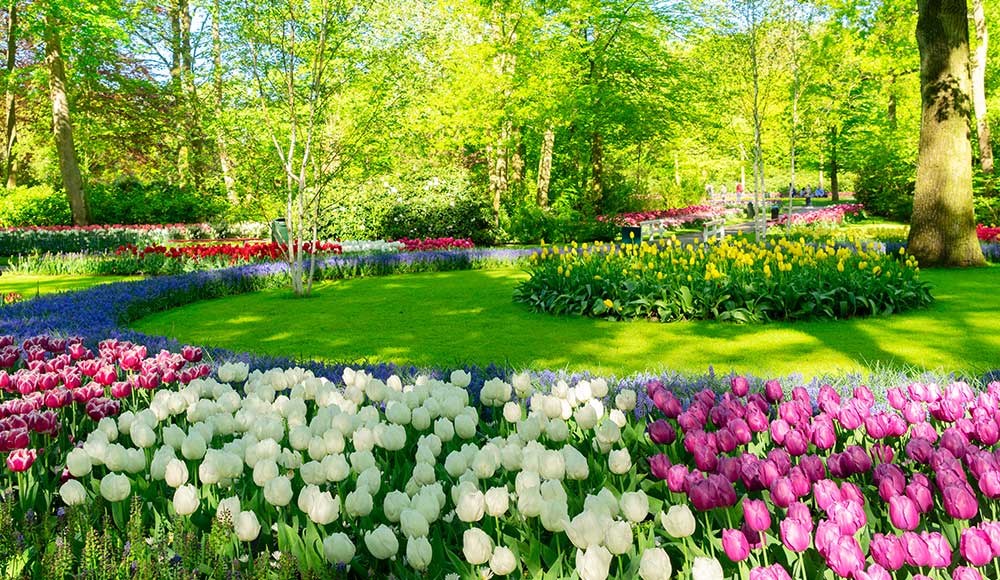
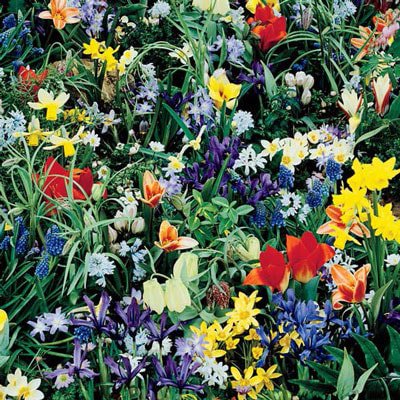
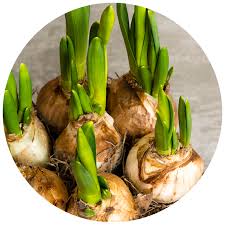

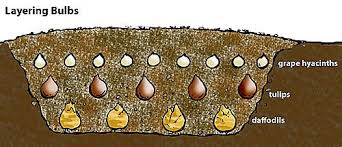
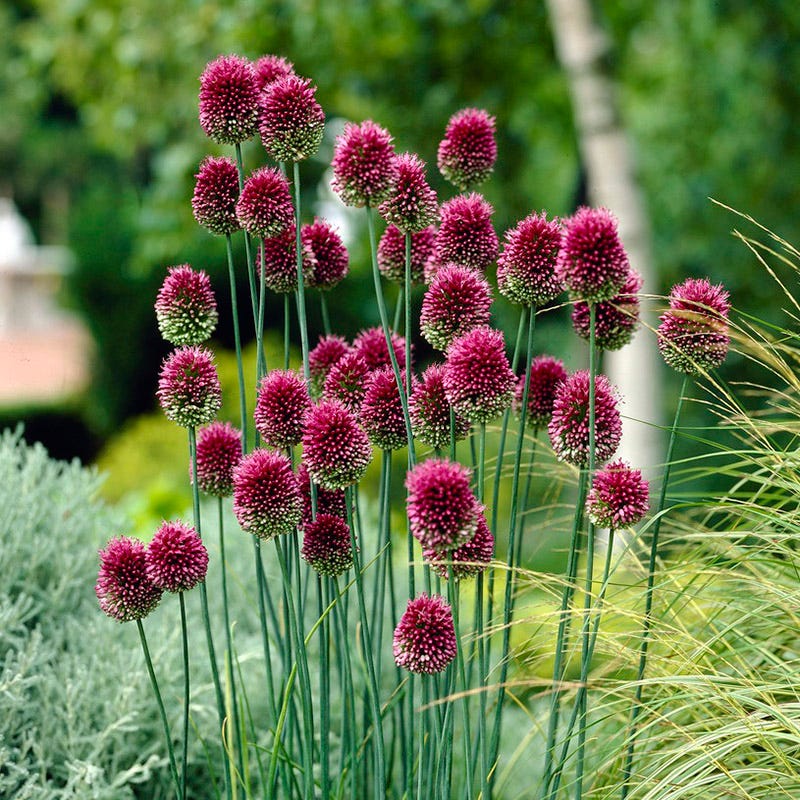
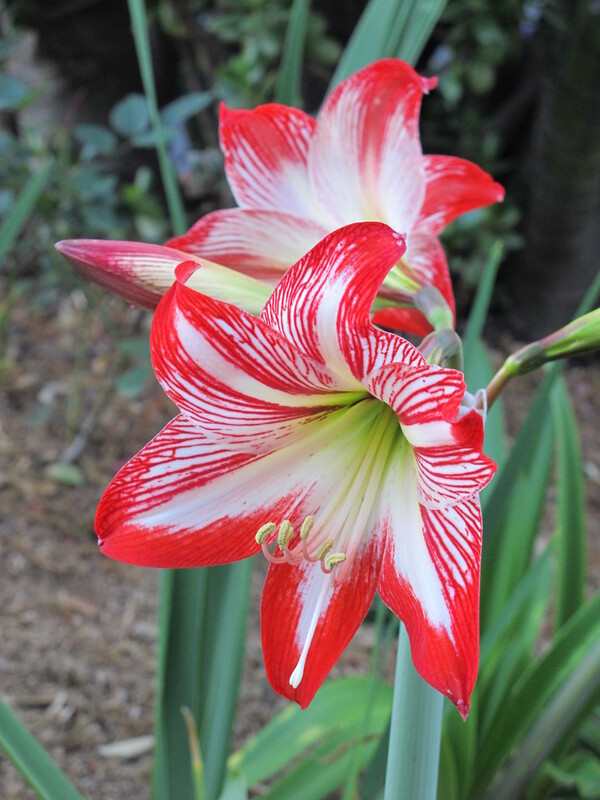
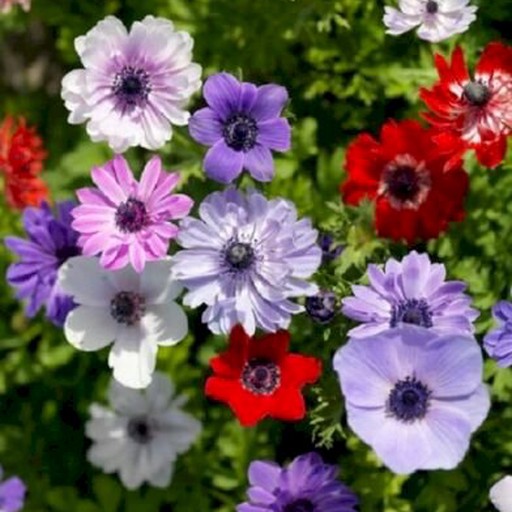
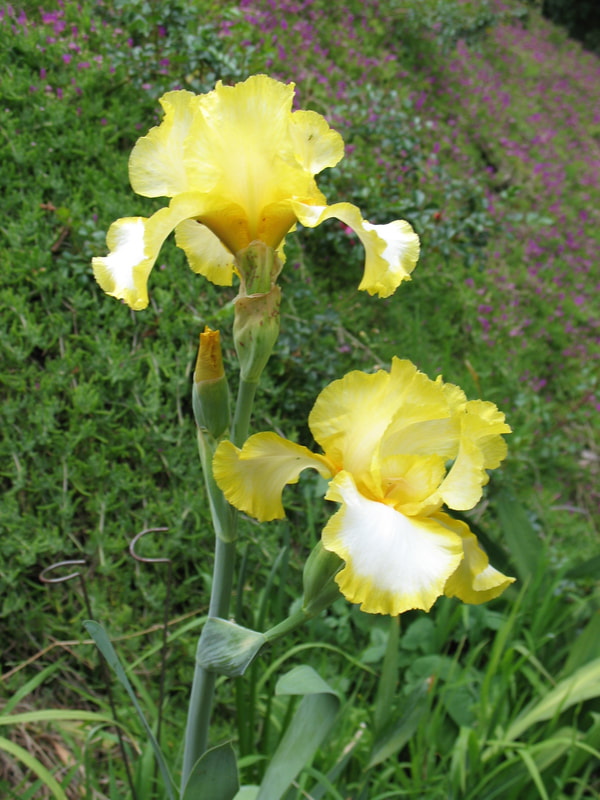
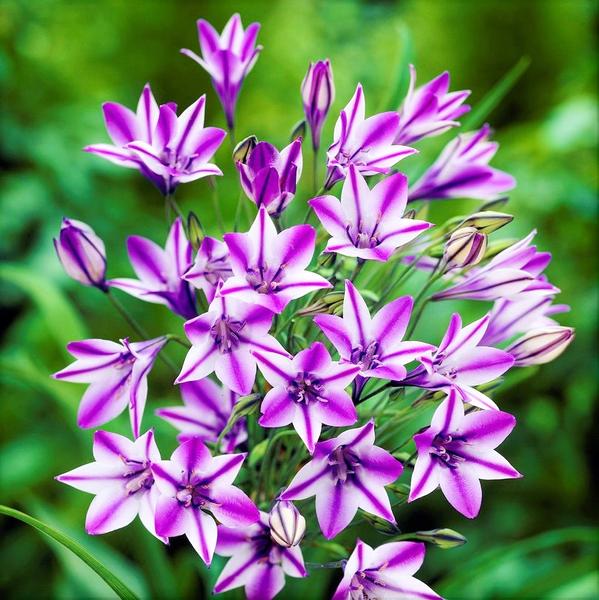
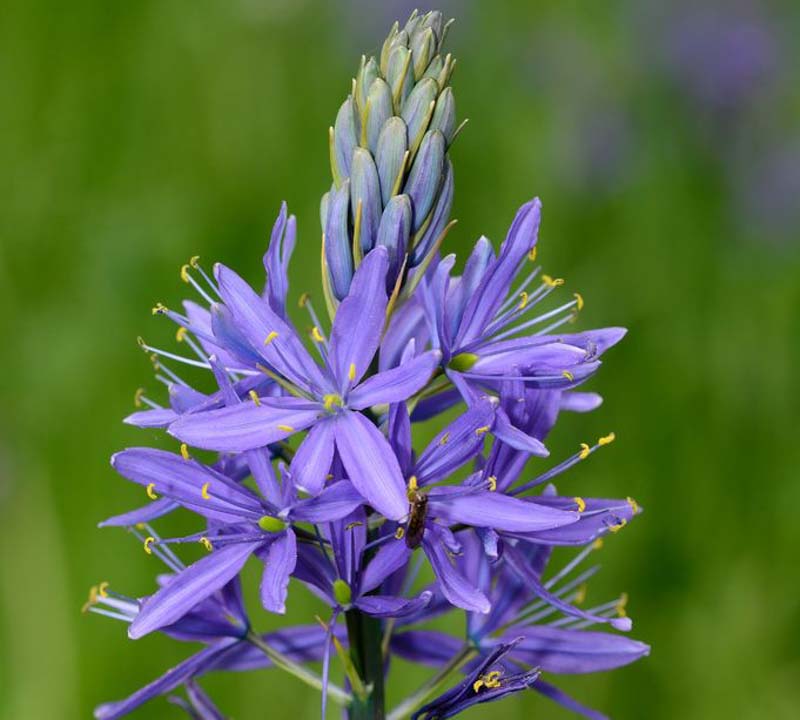
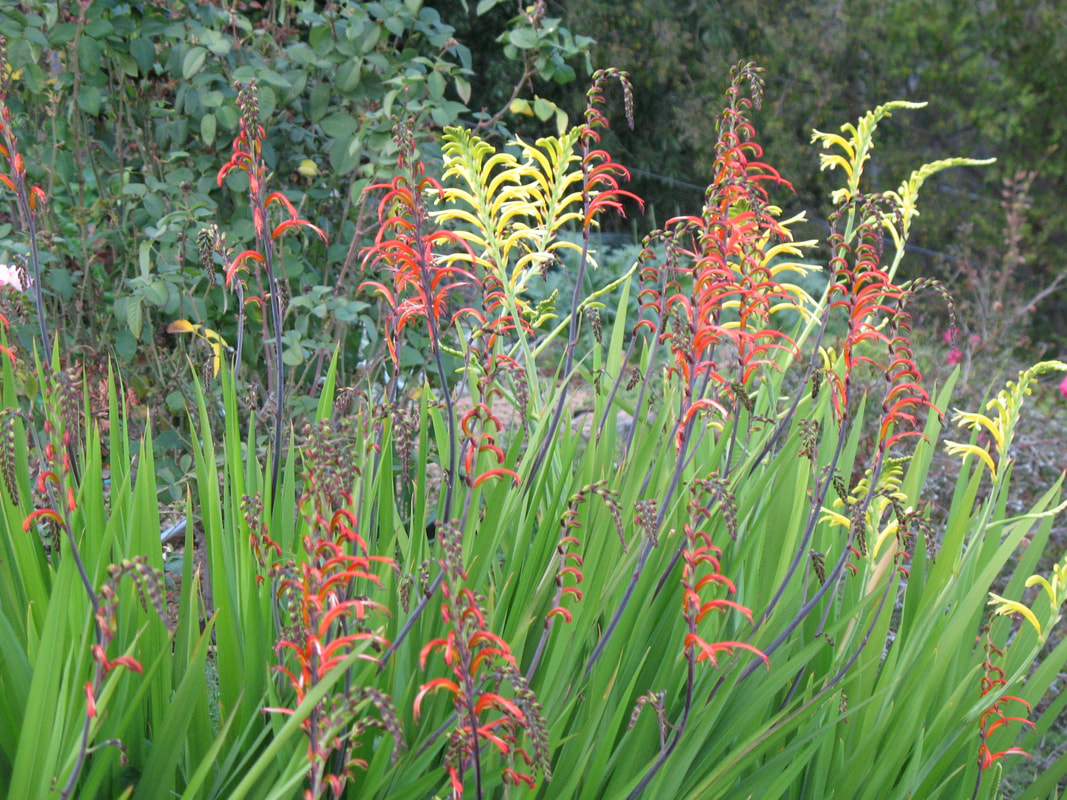
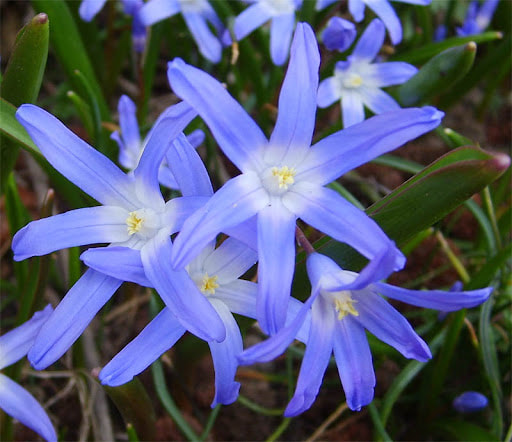
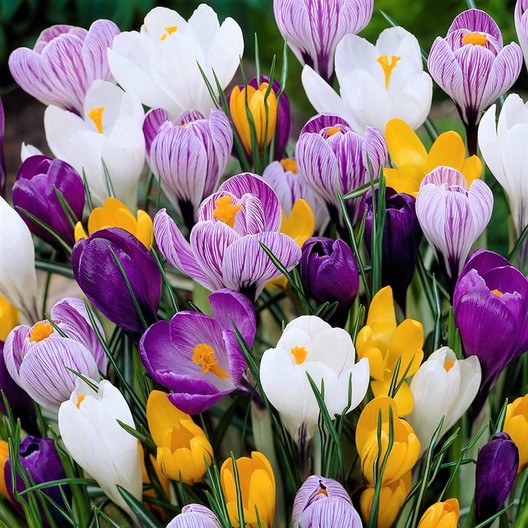
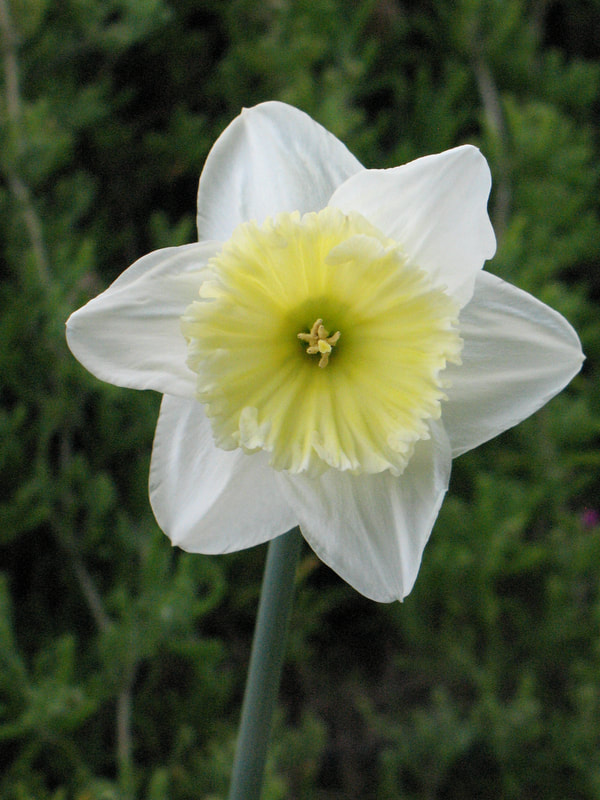
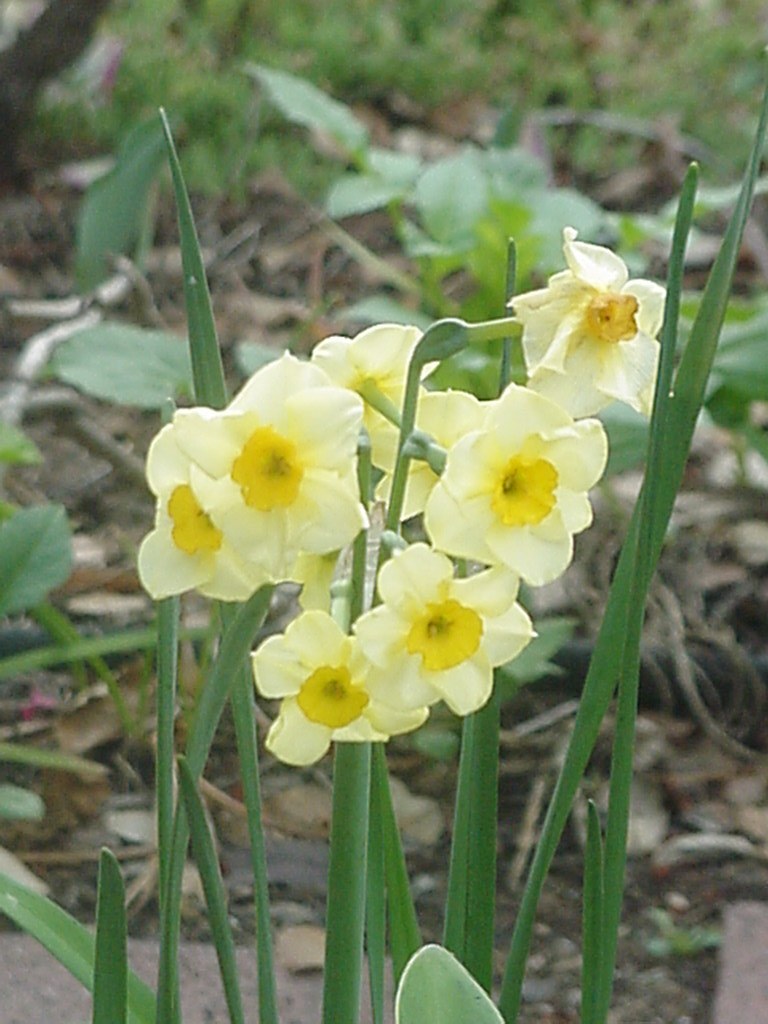
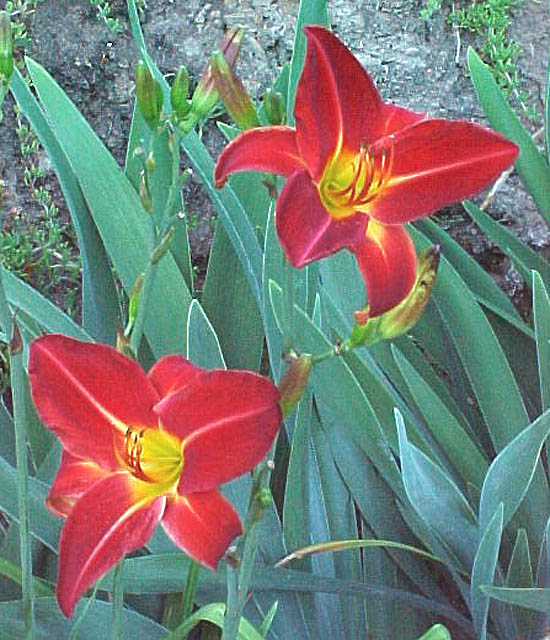
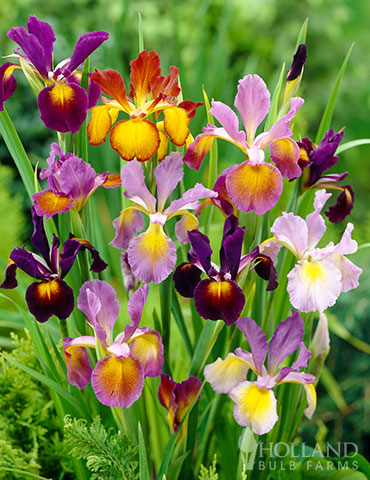
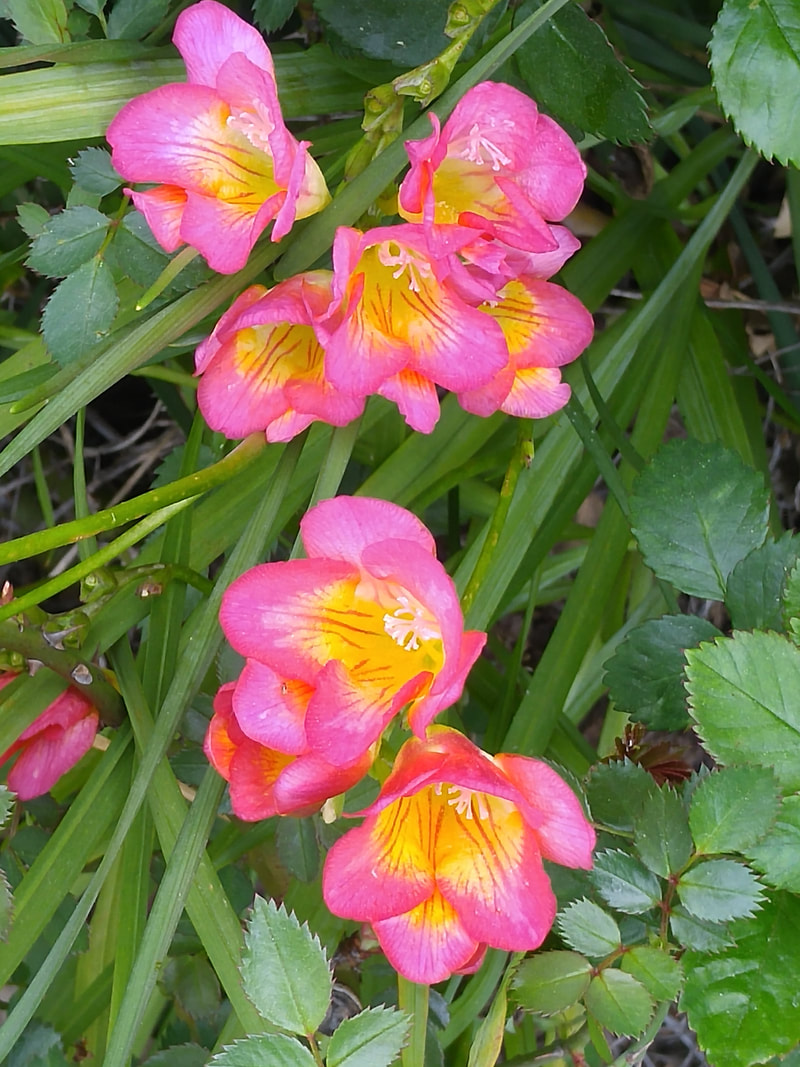
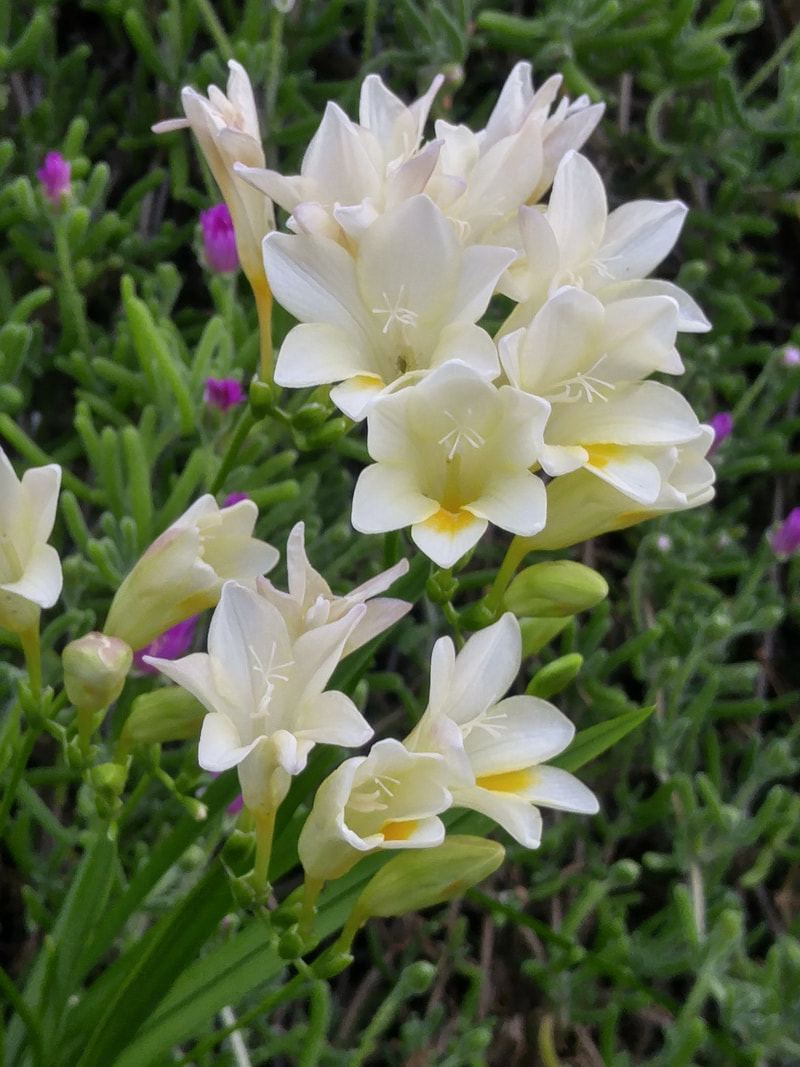

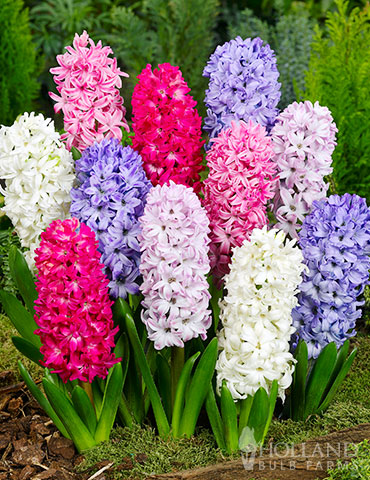
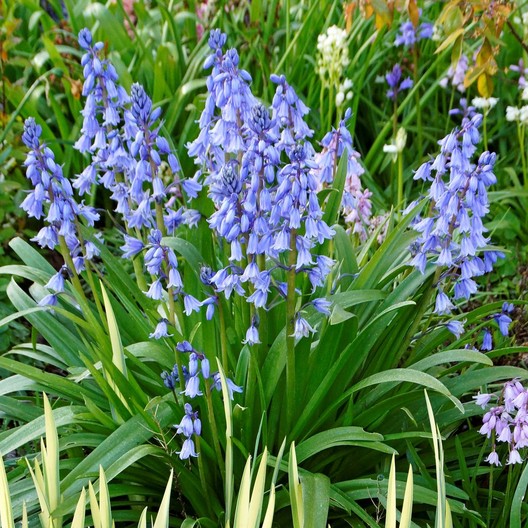

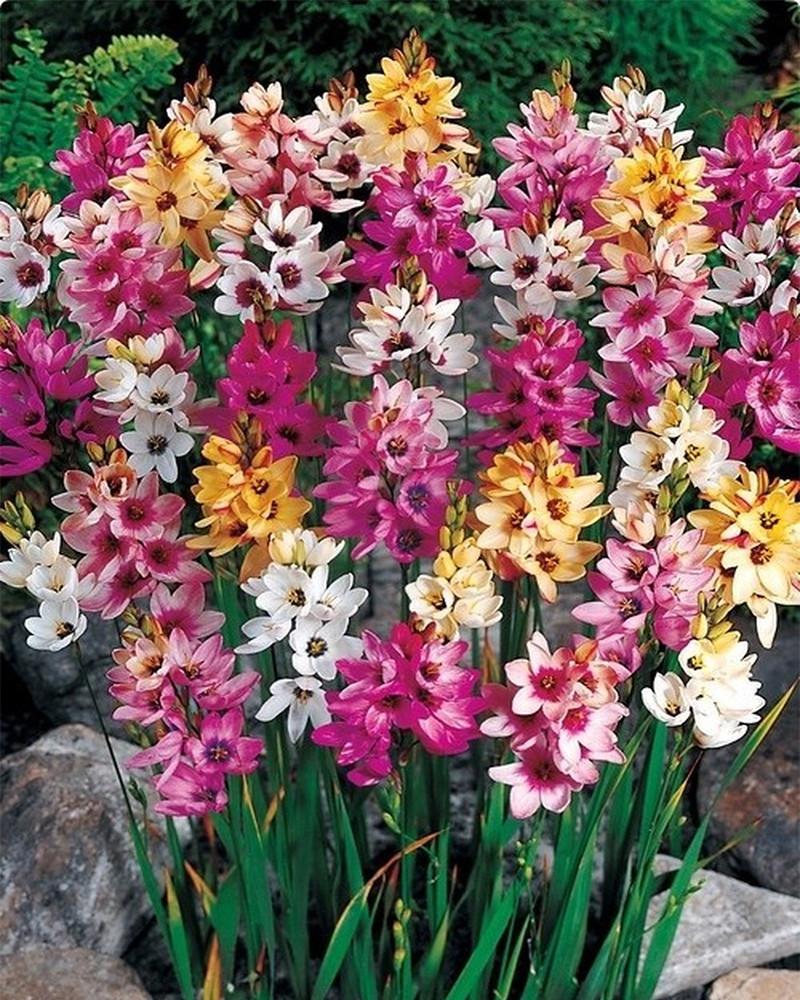
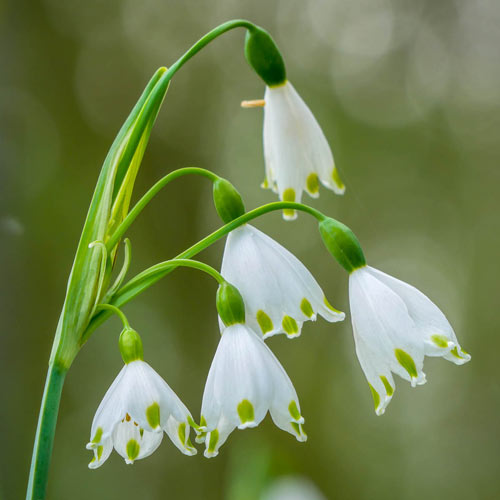
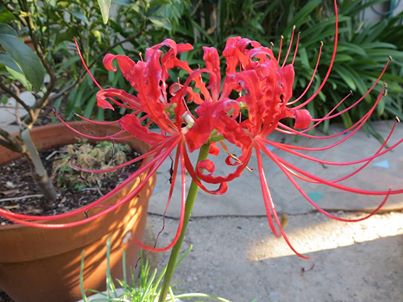
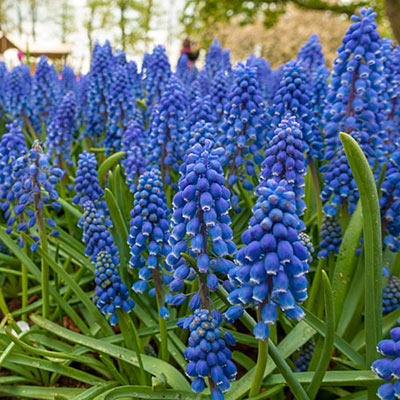
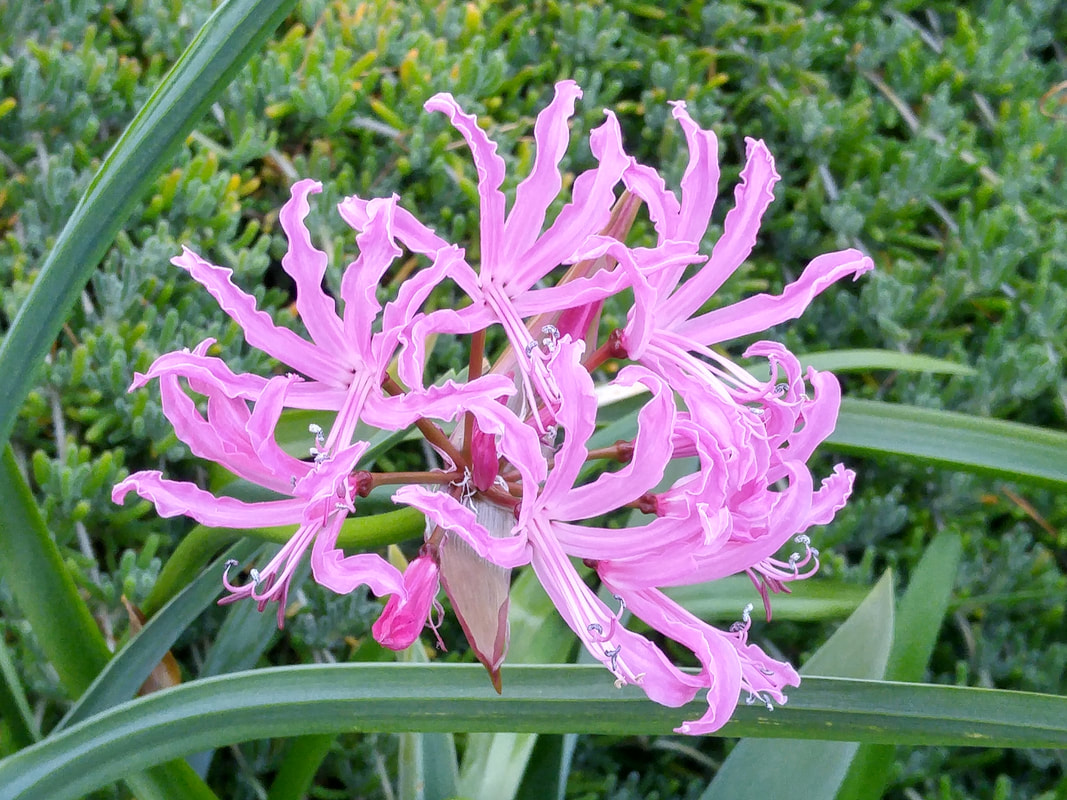
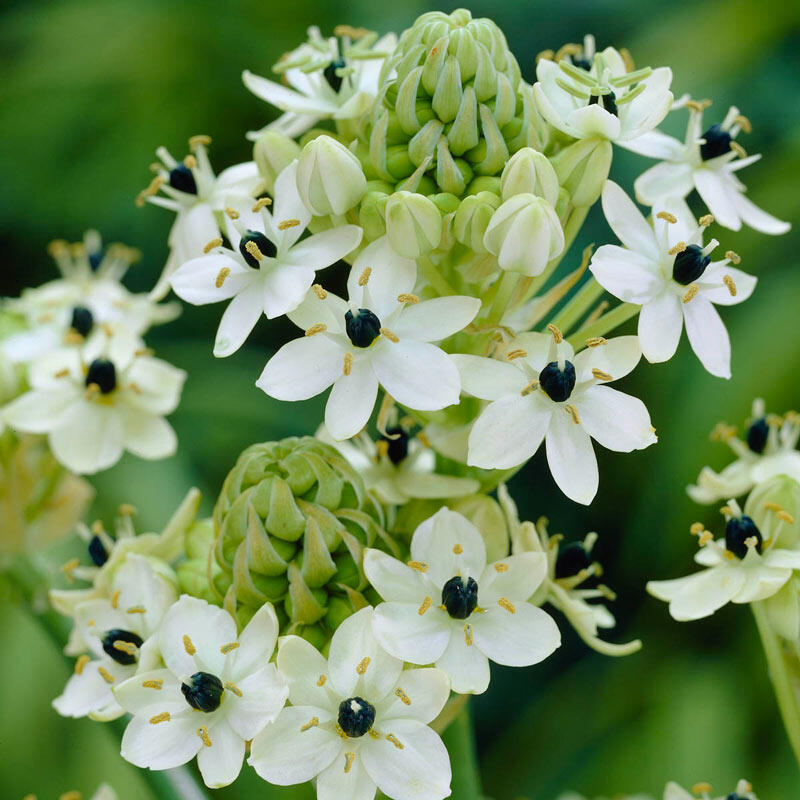
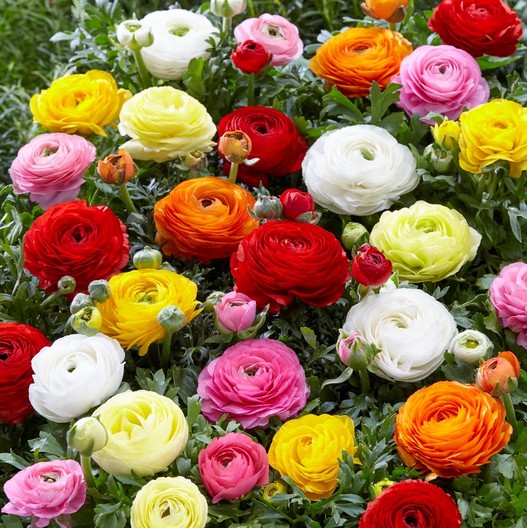
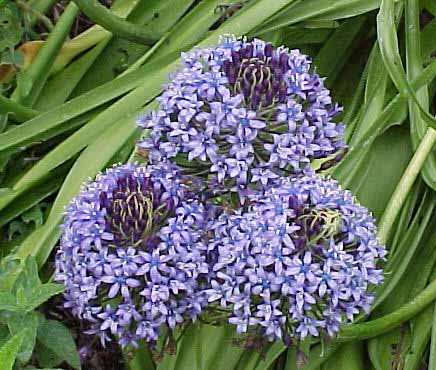
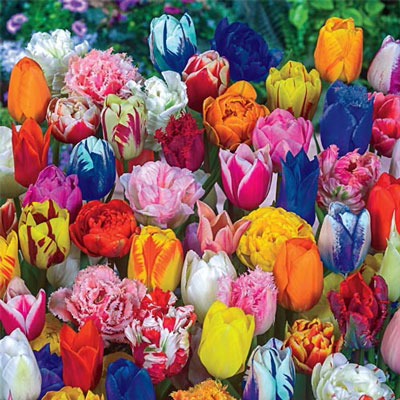
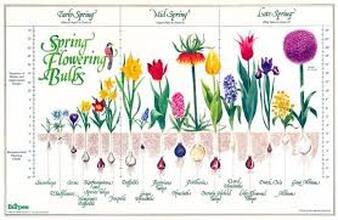
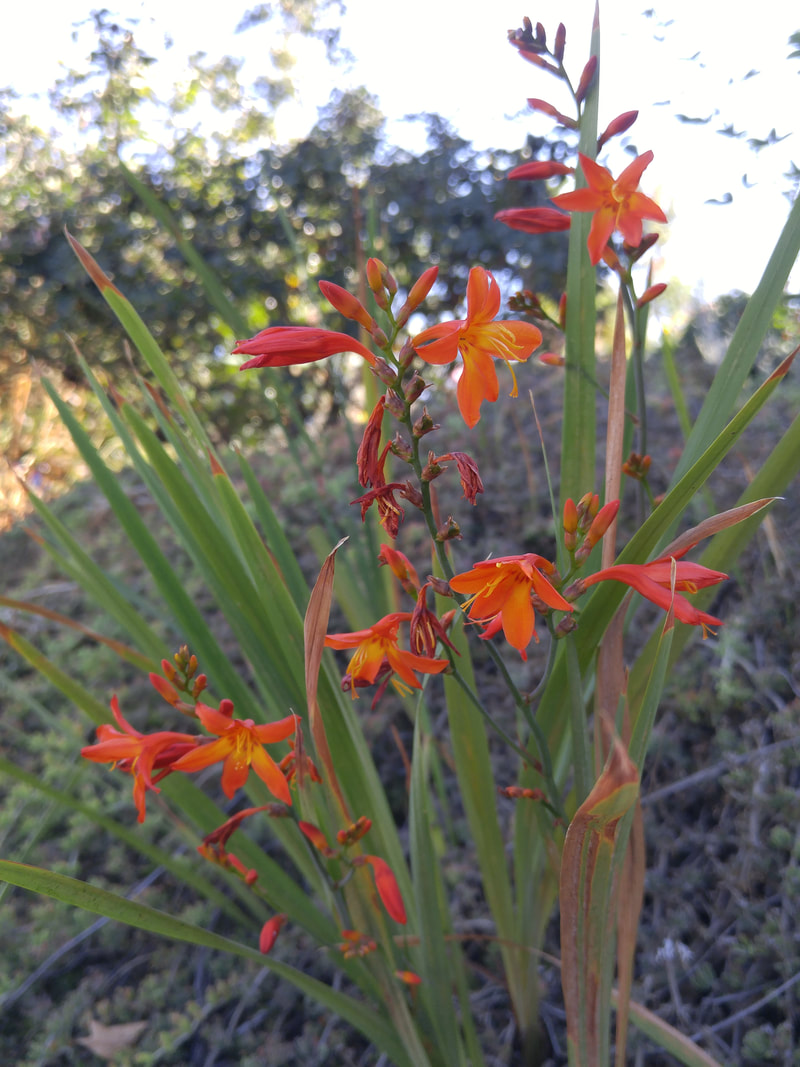

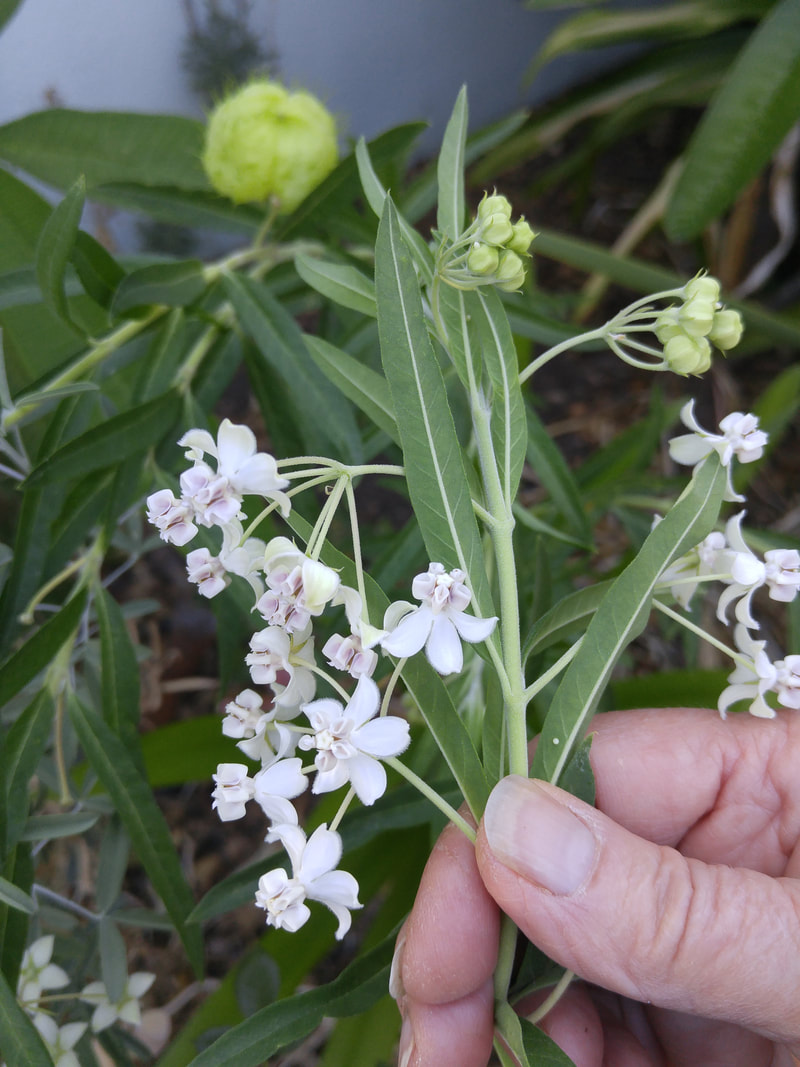

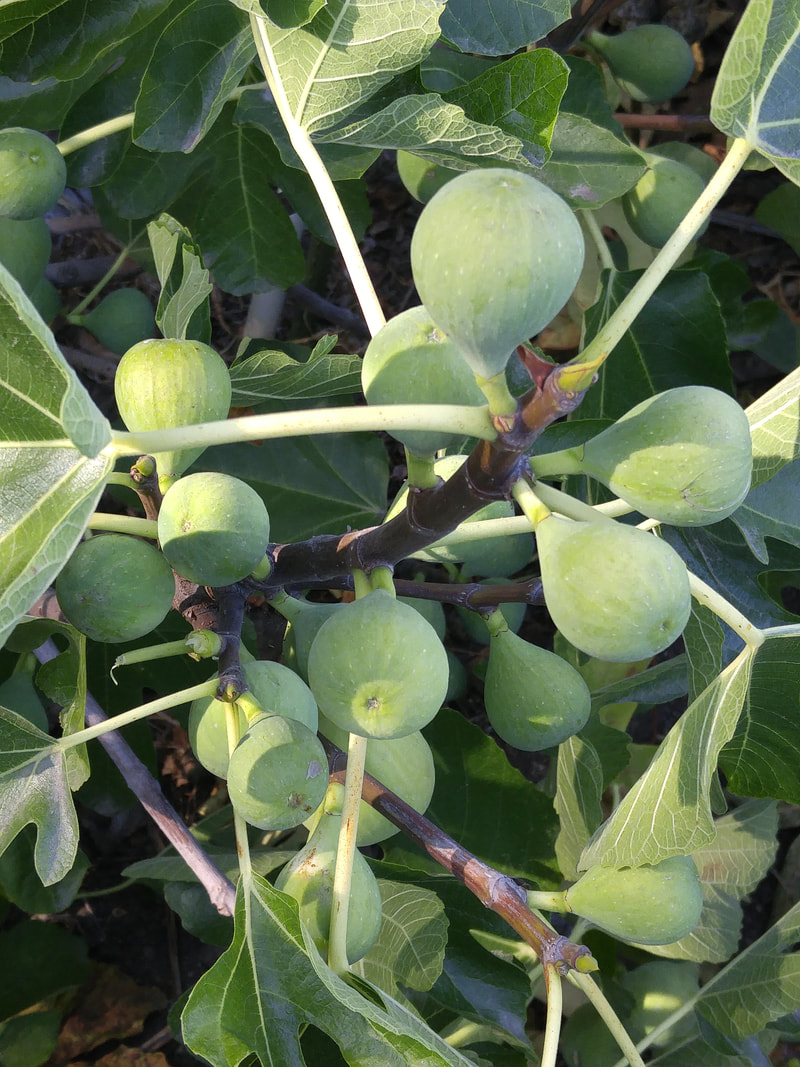
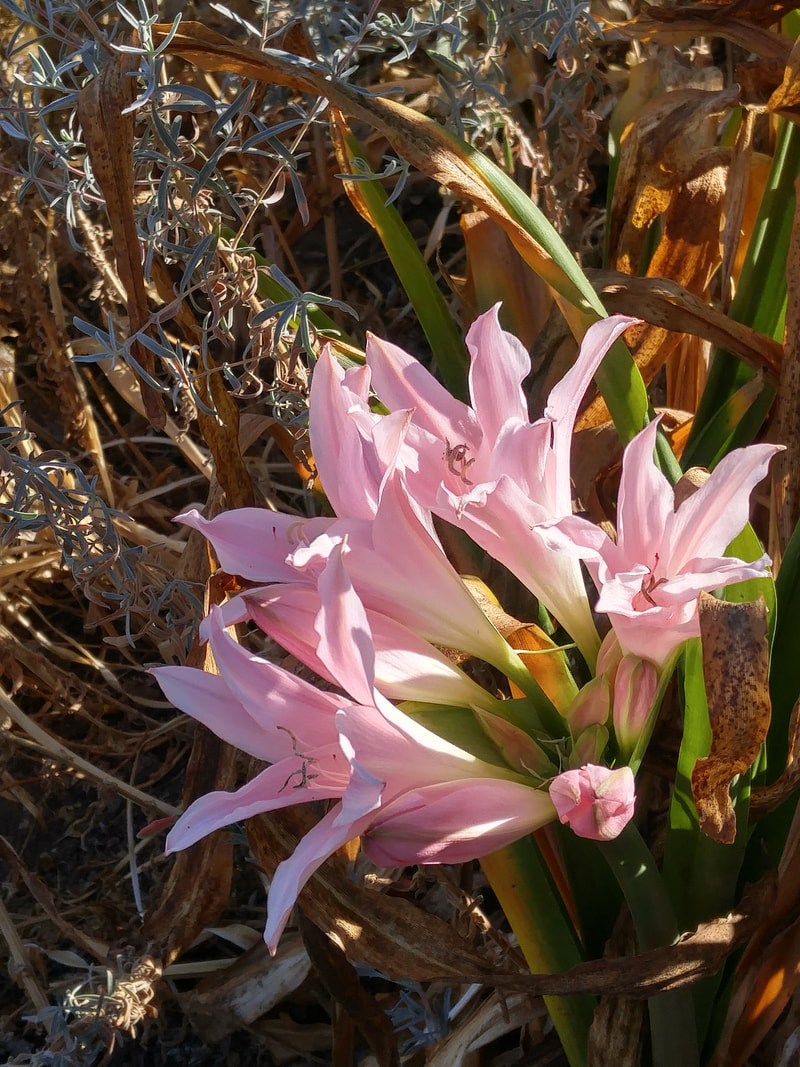
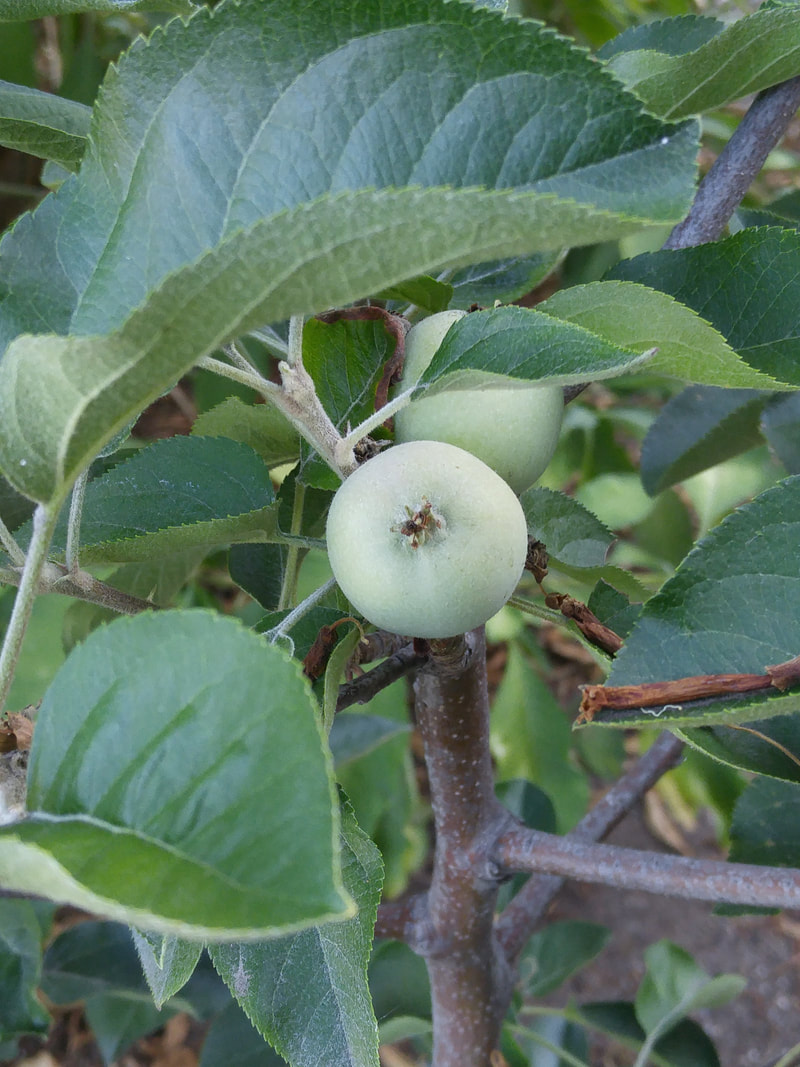
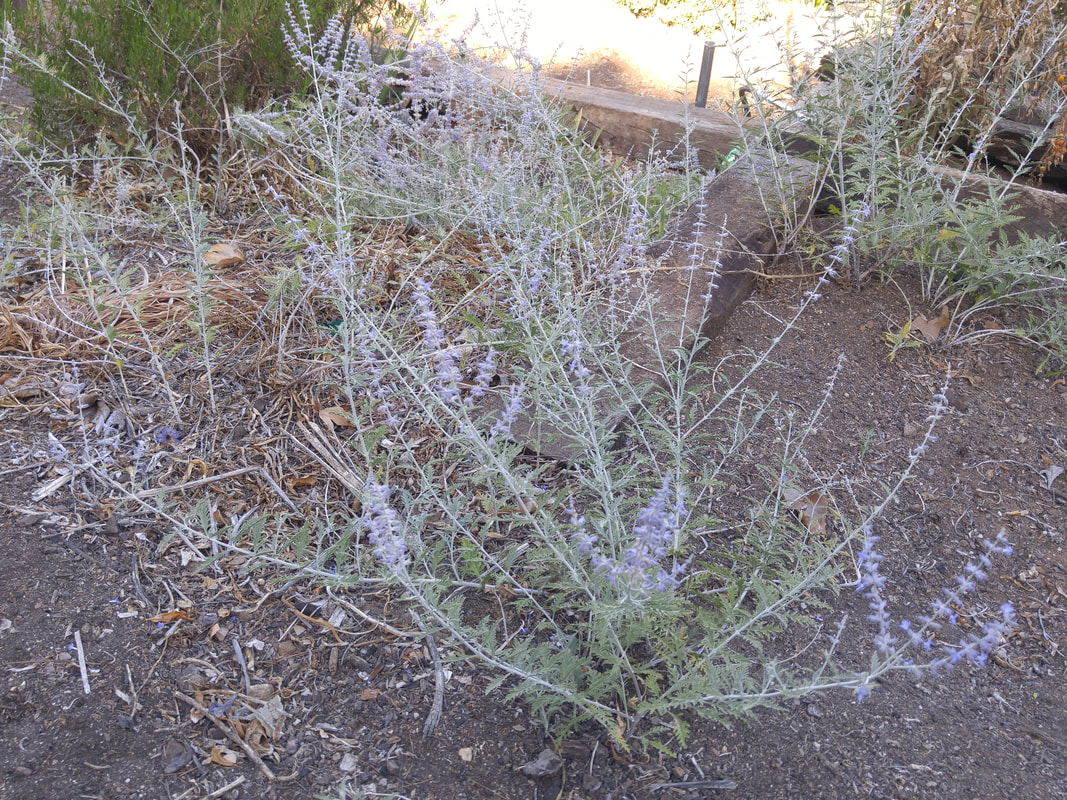
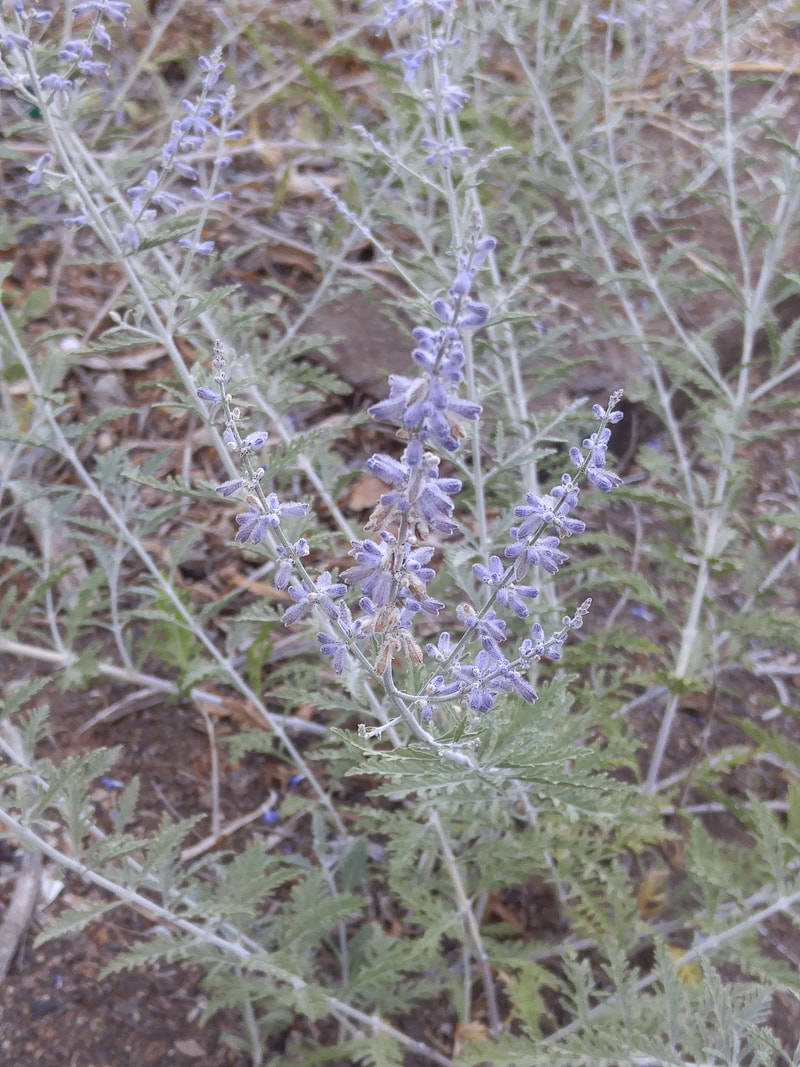
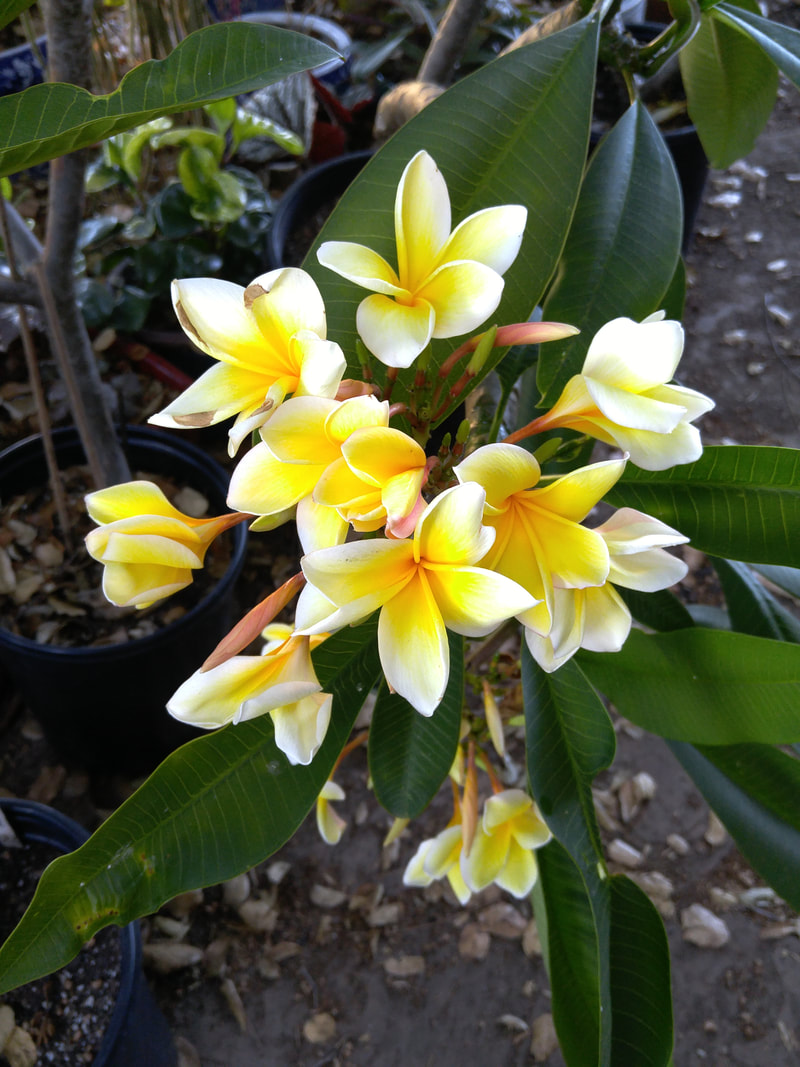
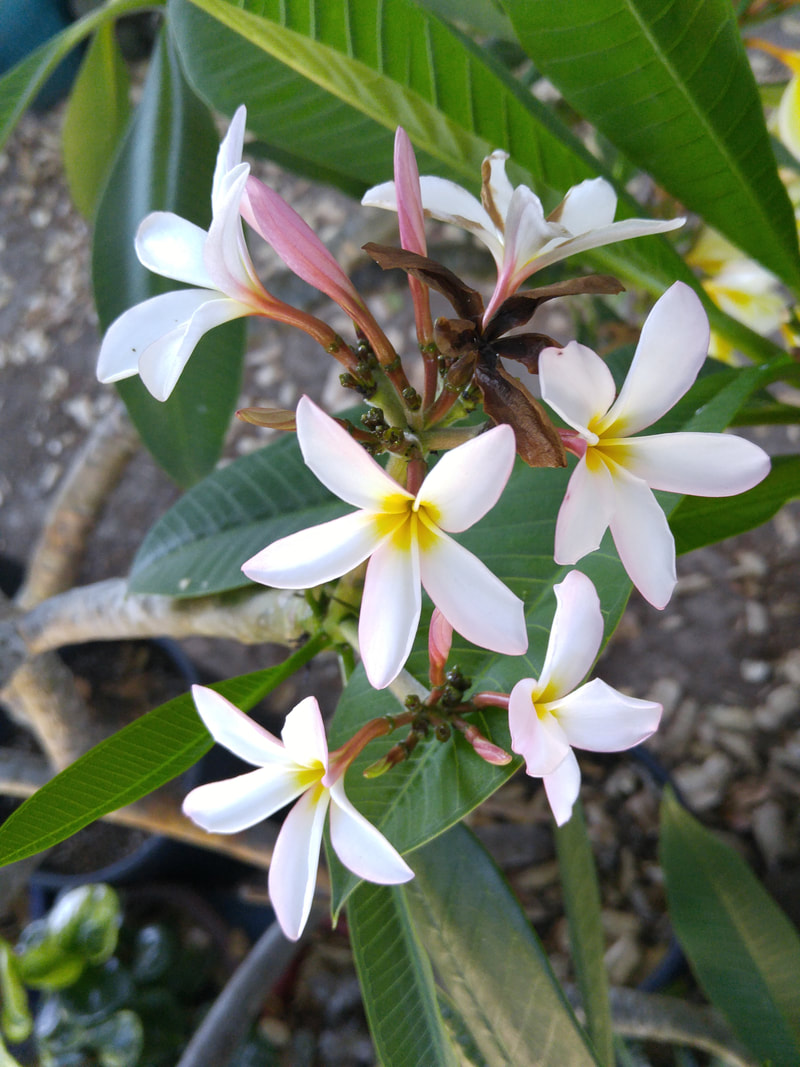
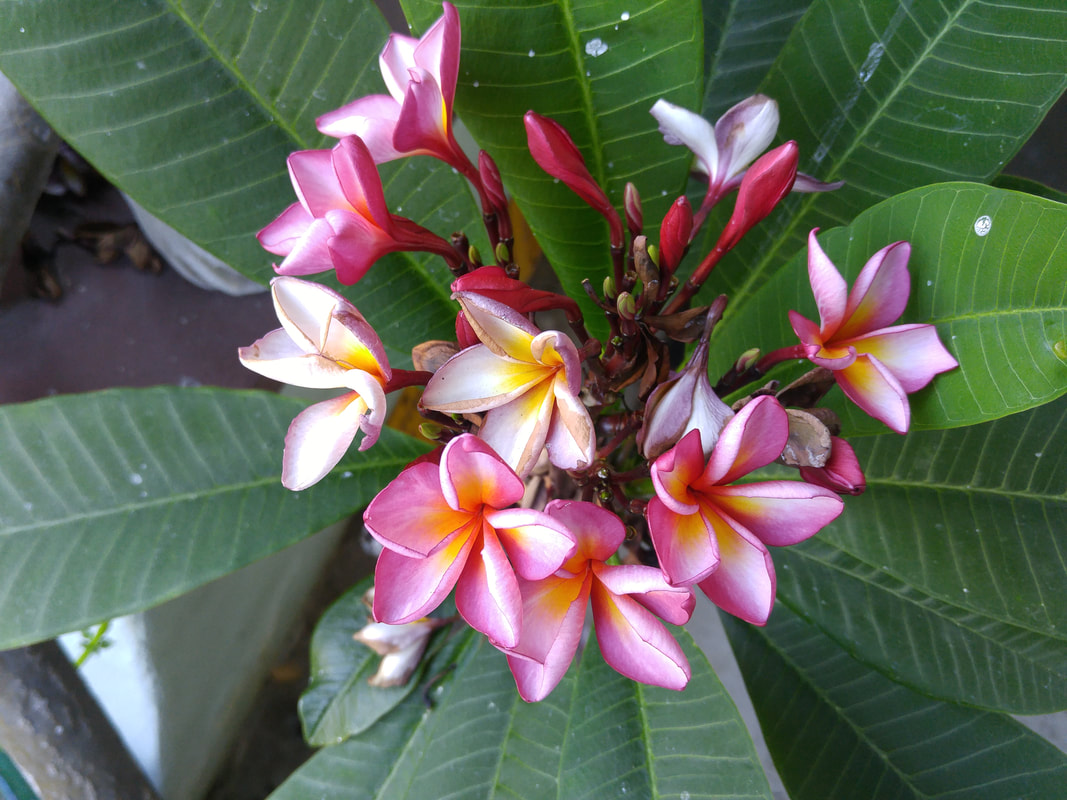
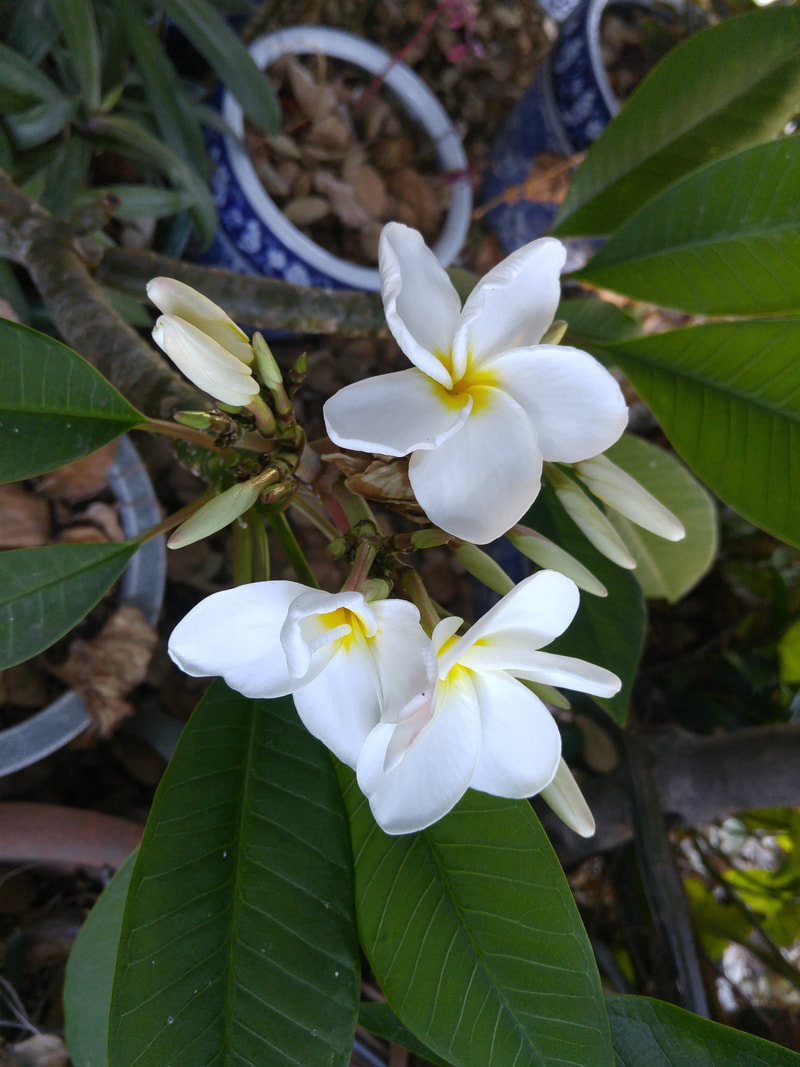
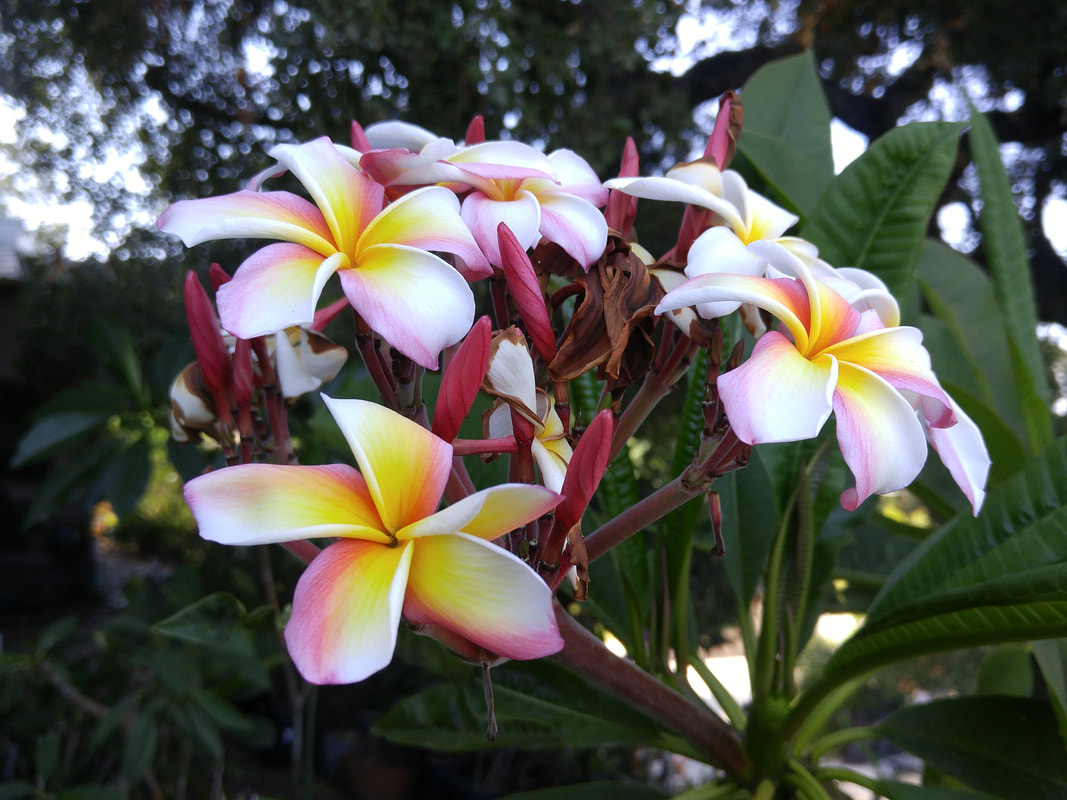
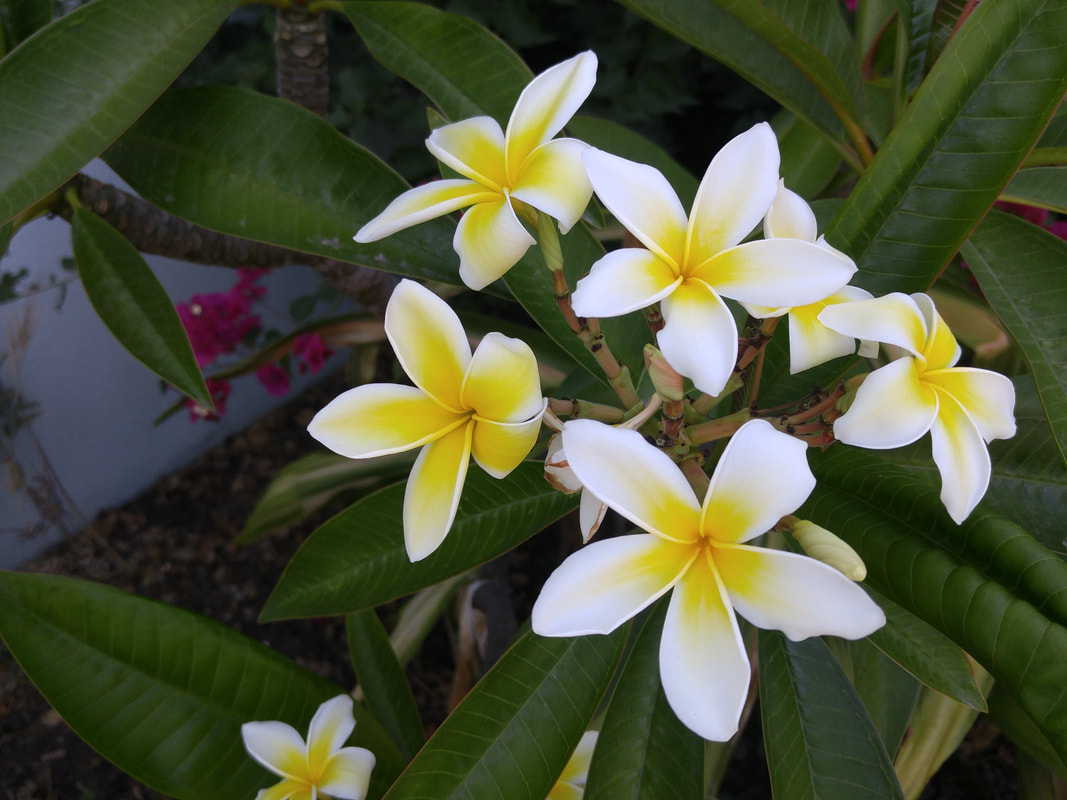
 RSS Feed
RSS Feed